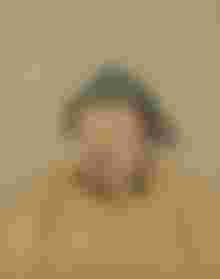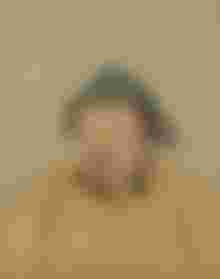Ögedei (also Ogodei; Mongolian: Өгэдэй, romanized: Ögedei, Mongolian: ᠥᠭᠡᠳᠡᠢ Ögedei,ᠥᠭᠦᠳᠡᠢ Ögüdei;Chinese: 窩闊台; c. 1186 – 11 December 1241) was the third son of Genghis Khan and second Great Khan of the Mongol Empire, succeeding his father. He continued the expansion of the empire that his father had begun, and was a world figure when the Mongol Empire reached its farthest extent west and south during the Mongol invasions of Europe and East Asia.Like all of Genghis' primary sons, he participated extensively in conquests in China, Iran, and Central Asia.Ögedei (also Ogodei; Mongolian: Өгэдэй, romanized: Ögedei, Mongolian: ᠥᠭᠡᠳᠡᠢ Ögedei,[2][3] ᠥᠭᠦᠳᠡᠢ Ögüdei;Chinese: 窩闊台; c. 1186 – 11 December 1241) was the third son of Genghis Khan and second Great Khan of the Mongol Empire, succeeding his father. He continued the expansion of the empire that his father had begun, and was a world figure when the Mongol Empire reached its farthest extent west and south during the Mongol invasions of Europe and East Asia.Like all of Genghis' primary sons, he participated extensively in conquests in China, Iran, and Central Asia.


He continued the expansion of the empire that his father had begun, and was a world figure when the Mongol Empire reached its farthest extent west and south during the Mongol invasions of Europe and East Asia.Like all of Genghis' primary sons, he participated extensively in conquests in China, Iran, and Central Asia.Ögedei (also Ogodei; Mongolian: Өгэдэй, romanized: Ögedei, Mongolian: ᠥᠭᠡᠳᠡᠢ Ögedei,[2][3] ᠥᠭᠦᠳᠡᠢ Ögüdei;Chinese: 窩闊台; c. 1186 – 11 December 1241) was the third son of Genghis Khan and second Great Khan of the Mongol Empire, succeeding his father. He continued the expansion of the empire that his father had begun, and was a world figure when the Mongol Empire reached its farthest extent west and south during the Mongol invasions of Europe and East Asia.Like all of Genghis' primary sons, he participated extensively in conquests in China, Iran, and Central Asia.